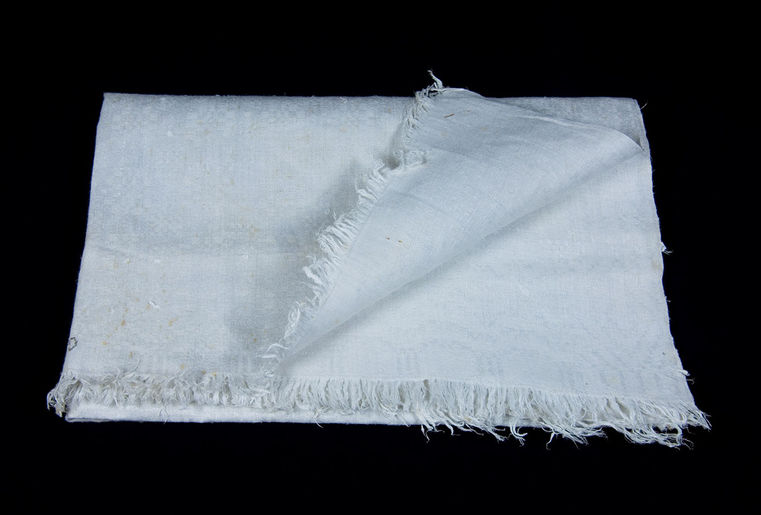

INDUSTRIOUS
ISLANDS
THE OTHER TWEED
Although Harris Tweed is considered to be the traditional textile industry in the Outer Hebrides, it is not the only one. In the late 18th century, Mrs Mackenzie, wife of the owner of Lewis, encouraged the growing of flax and set up an industry making linen cloth to provide a source of income in rural areas.
Linen is woven from flax fibres, and its production is a long process involving growing, reaping, scutching, hackling, spinning, weaving, bleaching and dyeing. Therefore, at the time it proved to be unsuccessful. However, since 1996 linen has been successfully produced on the Isle of Scalpay.
Gallery 2 ::
Scotland had a thriving linen industry from the 1600s. Flax spinning was introduced to Orkney in 1747. It thrived between 1750 and 1785, when approximately 250,000 flax spindles were exported annually. In 1790 linen manufacturing was also introduced to Shetland, but with little success.
Although flax can be spun on any wheel, hundreds of flax spinning wheels were imported to the islands for use in the linen industry. These spinning wheels differ from the more traditional wool spinning wheels as the flier is positioned above the wheel.
Back to the top














